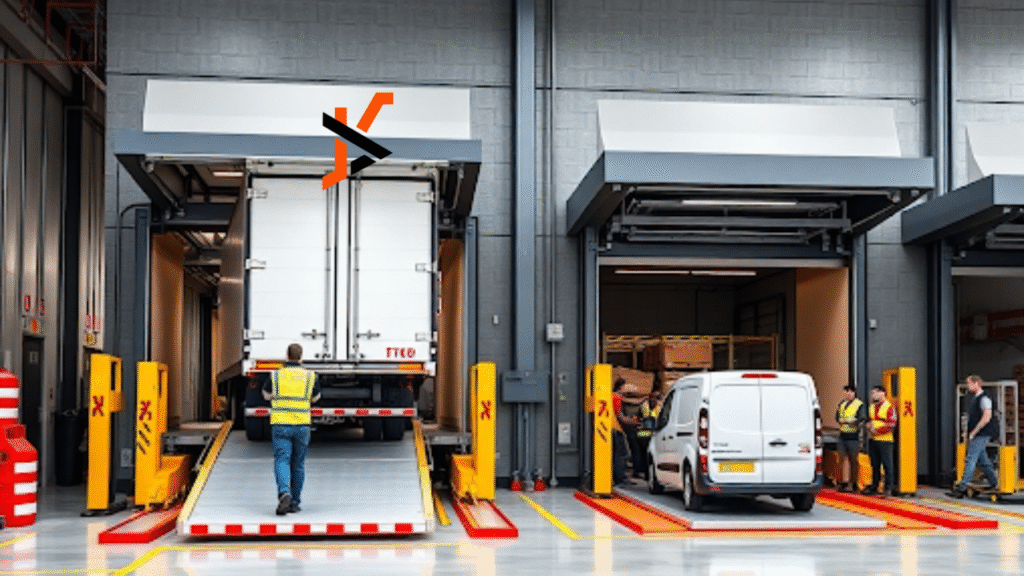Why Flexibility Matters in Loading Bay Design
Many businesses experience peaks and troughs in activity throughout the year. For some, it’s tied to seasonal demand; for others, it’s linked to production cycles or promotional campaigns. A well-designed loading dock can adapt to these changes, keeping operations efficient whether volumes are at their highest or lowest.
Loading dock equipment plays a central role in this adaptability. From adjustable-height platforms to modular bay systems, the right setup allows staff to manage different vehicle sizes, varying load types, and fluctuating schedules without unnecessary delays.
Modular and Scalable Solutions
A loading dock doesn’t have to be fixed in its capacity or layout. Modular designs allow for changes to be made as needs evolve, whether that’s adding an extra dock leveller during peak months or adjusting the configuration to handle different cargo types.
This scalability means businesses can respond quickly without major structural changes. For example, a distribution hub handling standard pallets most of the year may need additional equipment to process bulk deliveries during holiday seasons. With modular elements, these changes can be made without disrupting the entire operation.
Balancing Efficiency and Safety
Seasonal surges can increase the risk of accidents, as more goods are moved in less time. Dock equipment should be chosen not just for speed but for safety under high workloads. Features like non-slip surfaces, safety barriers, and secure vehicle restraints become even more important when volumes are high.
It’s also essential to ensure staff are trained to use any temporary or adjusted equipment. Even well-designed systems can become a hazard if operated incorrectly, especially during busy periods when the pace is faster.
Planning for Long-Term Value
Investing in adaptable dock equipment is more cost-effective than repeatedly modifying or replacing fixed setups. By thinking ahead and considering how operations might change over the years, businesses can avoid the need for frequent upgrades.
A flexible loading dock design is ultimately about future-proofing. It supports the business not just in today’s conditions but in whatever the next season, market shift, or surge in demand may bring—without sacrificing safety or efficiency.
Why Flexibility Matters in Loading Bay Design (Extended) Another benefit of flexible loading dock design is its impact on customer service and supply chain reliability. When businesses can handle fluctuating volumes smoothly, it reduces the likelihood of delays, bottlenecks, or missed delivery windows. This consistency helps strengthen relationships with suppliers, distributors, and end customers who rely on timely shipments. In industries where service levels are directly tied to competitive advantage, adaptable dock solutions can make a measurable difference.
Technology also plays a growing role in creating flexible and efficient loading bays. Integration with warehouse management systems (WMS) and automated scheduling tools can optimize dock assignments, reducing idle times for vehicles and staff. Smart sensors and digital monitoring can further improve efficiency by providing real-time data on loading activity, equipment usage, and maintenance needs. This not only supports operational flexibility but also extends the lifespan of dock equipment by ensuring timely servicing.
Environmental considerations are another factor. Flexible designs often allow for energy-saving measures, such as insulated dock shelters and seals that minimize heat loss, even when handling varied vehicle types. Over time, these features contribute to sustainability goals and cost savings.
Ultimately, investing in flexible dock solutions isn’t just about short-term convenience—it’s a long-term strategy for resilience, safety, and operational excellence.

